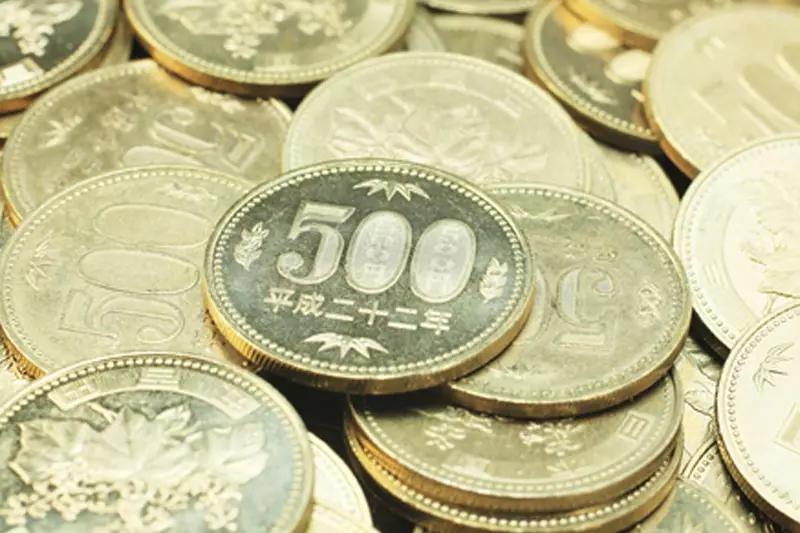The yen has been experiencing a downward trend against the dollar, attributed to wide interest rate differentials between the two currencies. Despite efforts from Japanese officials through suspected dollar-selling interventions, the yen’s value has continued to decline. The U.S. dollar saw a significant increase against the yen in early Asian trading, following a rally the previous day. This trend has raised concerns among Japanese officials, leading to discussions about government interventions to stabilize the currency.
One of the major factors influencing currency value is the interest rate differentials between two countries. In this case, the gap between interest rates in Japan and the United States has widened to 370 basis points, making the dollar more attractive to market participants. The Reserve Bank of Australia’s decision to maintain steady rates further adds to the attractiveness of the U.S. dollar. This has put pressure on the yen, as traders anticipate a more hawkish stance from policymakers.
The foreign exchange market is heavily influenced by market sentiments and risk appetite. The healthy risk appetite among investors, combined with the wide interest rate differentials, has made the U.S. dollar a favorable choice for traders. The uncertain economic environment, coupled with the Federal Reserve’s cautious approach to rate cuts, has further propelled the dollar’s strength against the yen. However, there are concerns that a continued rise in the USD/JPY pair could trigger further interventions by the Japanese Ministry of Finance.
The effects of interest rate differentials are not limited to the USD/JPY pair. The U.S. dollar index, which measures the currency against major peers such as the euro and sterling, has remained relatively stable. The euro and sterling have also maintained their positions against the dollar, despite fluctuations in the market. On the other hand, the Australian dollar has seen a slight increase, approaching a two-month high against the U.S. dollar. This trend is attributed to expectations of the Reserve Bank of Australia maintaining rates amid inflation concerns.
Central bank policies play a crucial role in shaping market expectations and influencing currency trading. The Reserve Bank of Australia’s decision to keep rates steady, despite inflation worries, has fueled speculation among economists. The shift in policymakers’ bias towards tightening has raised questions about the future direction of interest rates. Similarly, the Bank of Japan’s cautious approach to tightening policies following the first rate hike in years has impacted the yen’s value against the dollar.
Interest rate differentials have a significant impact on currency trading, shaping market sentiments and influencing investor decisions. The widening gap between Japanese and U.S. interest rates has favored the U.S. dollar, leading to a decline in the yen’s value. Central bank policies, market expectations, and economic uncertainties further contribute to currency fluctuations. As traders navigate through these challenges, understanding the dynamics of interest rate differentials is crucial in making informed decisions in the foreign exchange market.

